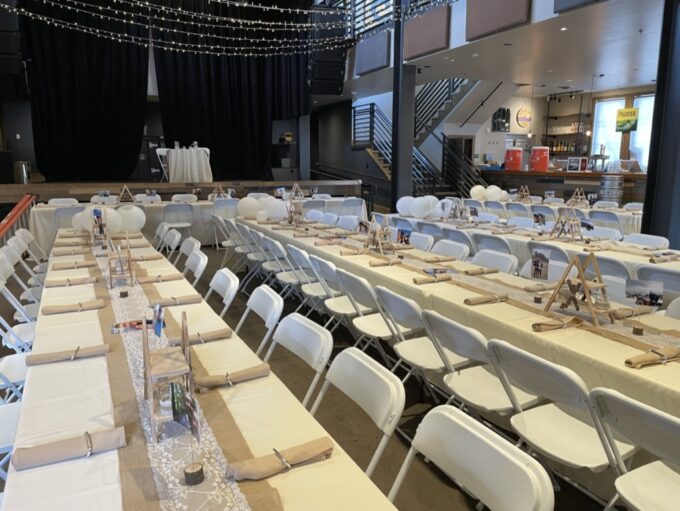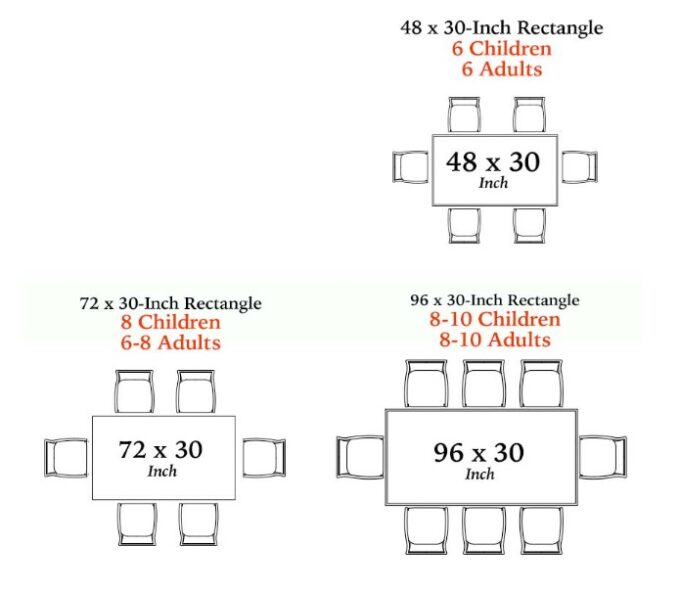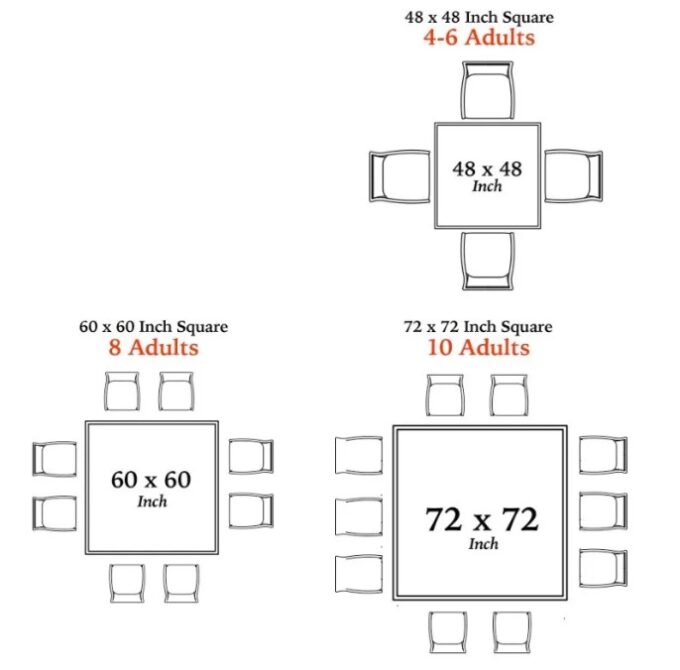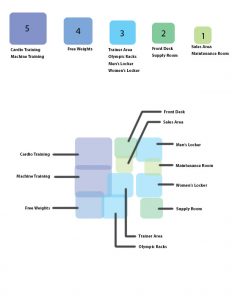Optimal Seating and Table Layout for Special Events
The layout of seating and tables plays a crucial role in the success of special events such as a wedding reception. Proper planning ensures that guests are comfortable, the event flows smoothly, and the space is used efficiently. This article explores the variety of table shapes and sizes, seating capacity per table, optimal room layouts, and the pros and cons of round versus rectangular tables.

Table Shapes and Sizes
Wedding receptions typically use round, rectangular, or square tables. Each shape offers different seating capacities and layout possibilities.
- Round Tables: Round tables are popular for wedding receptions because they encourage conversation among guests. Common sizes include 48-inch, 60-inch, and 72-inch diameters. A 48-inch round table seats 4 to 6 guests, a 60-inch table seats 8 to 10, and a 72-inch table seats 10 to 12.

- Rectangular Tables: Rectangular tables are versatile and can be arranged in various configurations. The most common sizes are 6 feet (72 inches) and 8 feet (96 inches) long. A 6-foot rectangular table typically seats 6 to 8 guests, while an 8-foot table seats 8 to 10 guests.

- Square Tables: Square tables are less common but provide a modern, symmetrical look. A 48-inch square table seats 4 to 8 guests, depending on the seating arrangement.

Room Sizes and Layouts
The size of the room and the layout of tables significantly impact the flow of the event. To ensure comfort, allow 10 to 12 square feet per guest. This space accounts for the table, chairs, and walking areas.
- Small Rooms: In smaller rooms, compact layouts are essential. Consider using rectangular tables in a banquet-style arrangement to maximize seating. Round tables may also work, but use smaller sizes to prevent overcrowding.
- Large Rooms: Larger rooms offer more flexibility in layout. Combine round and rectangular tables to create visual interest and accommodate various group sizes. Consider placing round tables in the center with rectangular tables along the perimeter.
Optimal Seating Configurations
Seating configurations depend on the event’s style and the number of guests. For a traditional wedding reception, round tables arranged in a circular or staggered pattern create an inviting atmosphere. Rectangular tables work well in a banquet or family-style layout, which encourages interaction and a communal dining experience.
When planning the layout, maintain at least 6 feet of space between tables to allow for easy movement. Ensure clear paths to exits, restrooms, and other essential areas.
Round vs. Rectangular Tables: Pros and Cons
- Round Tables
- Pros: Round tables foster conversation and make it easy for guests to interact. They also create a more elegant and formal look, often preferred for weddings.
- Cons: Round tables require more space and can limit seating capacity in smaller rooms. They also make it challenging to create a unified dining experience for larger groups.
- Rectangular Tables
- Pros: Rectangular tables are space-efficient and versatile. They allow for flexible arrangements and can accommodate more guests in a given space. They also work well for family-style or banquet-style dining.
- Cons: Rectangular tables can create separation between guests, particularly at long tables. They may also lack the visual appeal of round tables.
Key Considerations for Maximizing Guest Count
To maximize the guest count while maintaining comfort, consider the following:
- Table Size and Shape: Choose tables that optimize space without overcrowding. Round tables are ideal for smaller groups, while rectangular tables work for larger gatherings.
- Room Layout: Plan the layout to allow for easy movement and access. Avoid placing tables too close to walls or exits.
- Seating Arrangements: Group guests thoughtfully to encourage conversation and interaction. Mix table shapes and sizes to create a dynamic and functional layout.
- Space Between Tables: Maintain at least 6 feet of space between tables to ensure comfort and accessibility. This spacing is crucial for the waitstaff and guests.
Conclusion
Creating an optimal seating and table layout for a wedding reception requires careful planning and consideration of various factors. Round tables offer a social and elegant setting, while rectangular tables maximize space efficiency. By selecting the right table shapes and sizes, planning an efficient room layout, and considering guest comfort, you can create a memorable and enjoyable experience for all attendees. By following these guidelines, facility designers can create a functional and inviting space that accommodates all guests comfortably.
References
- American Institute of Architects. (2023). Designing Effective Event Spaces. Retrieved from AIA
- WeddingWire. (2022). Table and Seating Layout Tips for Weddings. Retrieved from WeddingWire
- The Knot. (2021). Wedding Reception Layouts: How to Plan Your Seating Arrangement. Retrieved from The Knot








